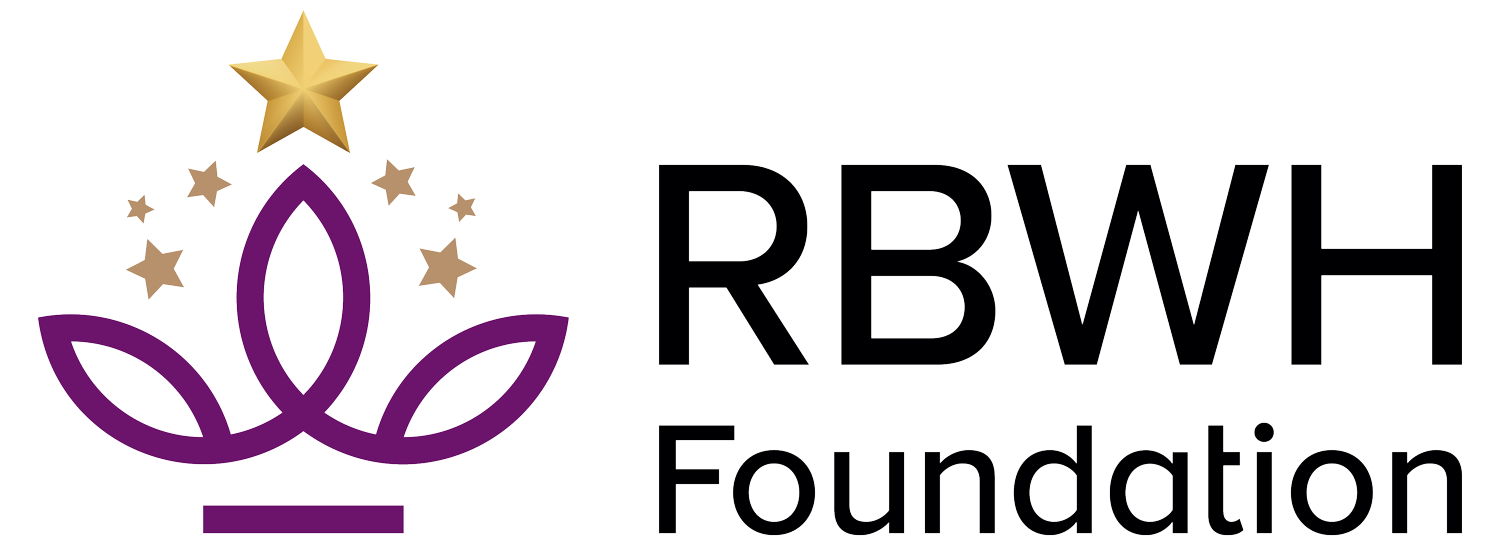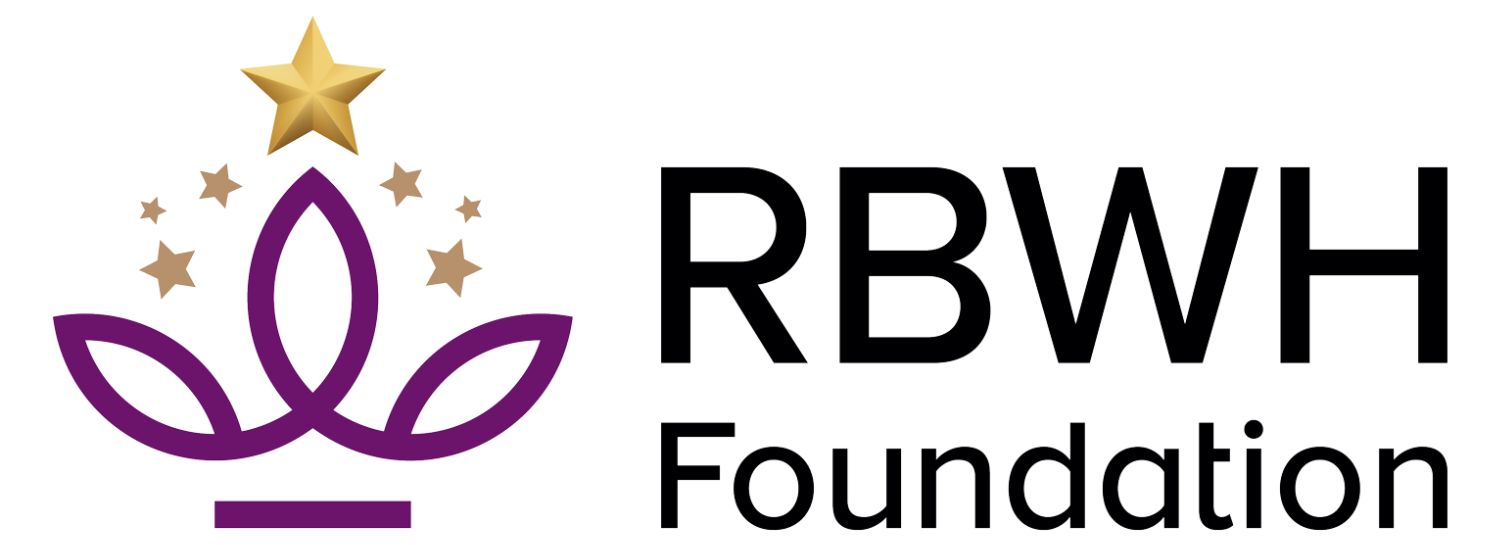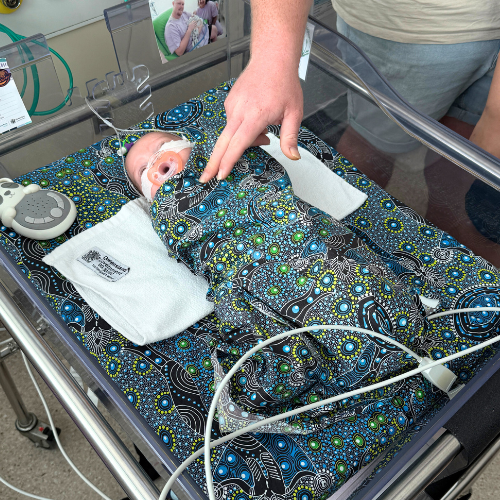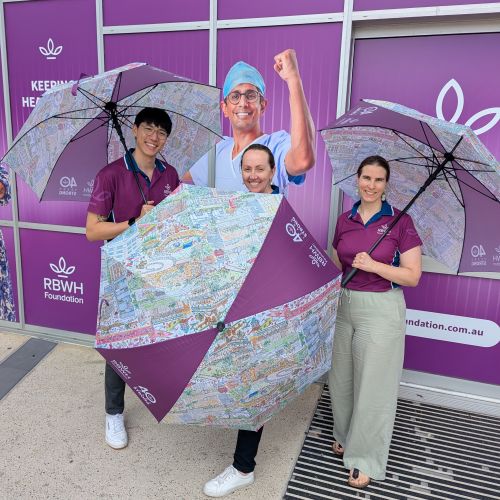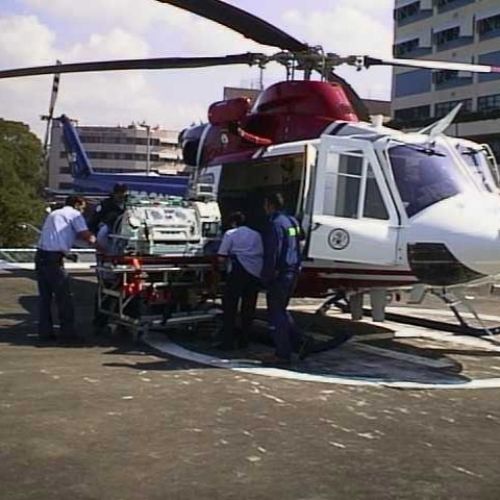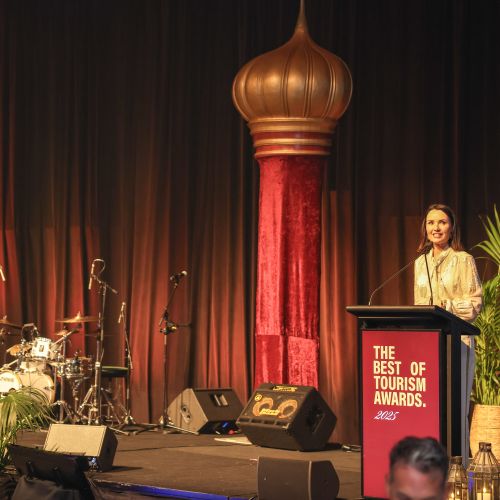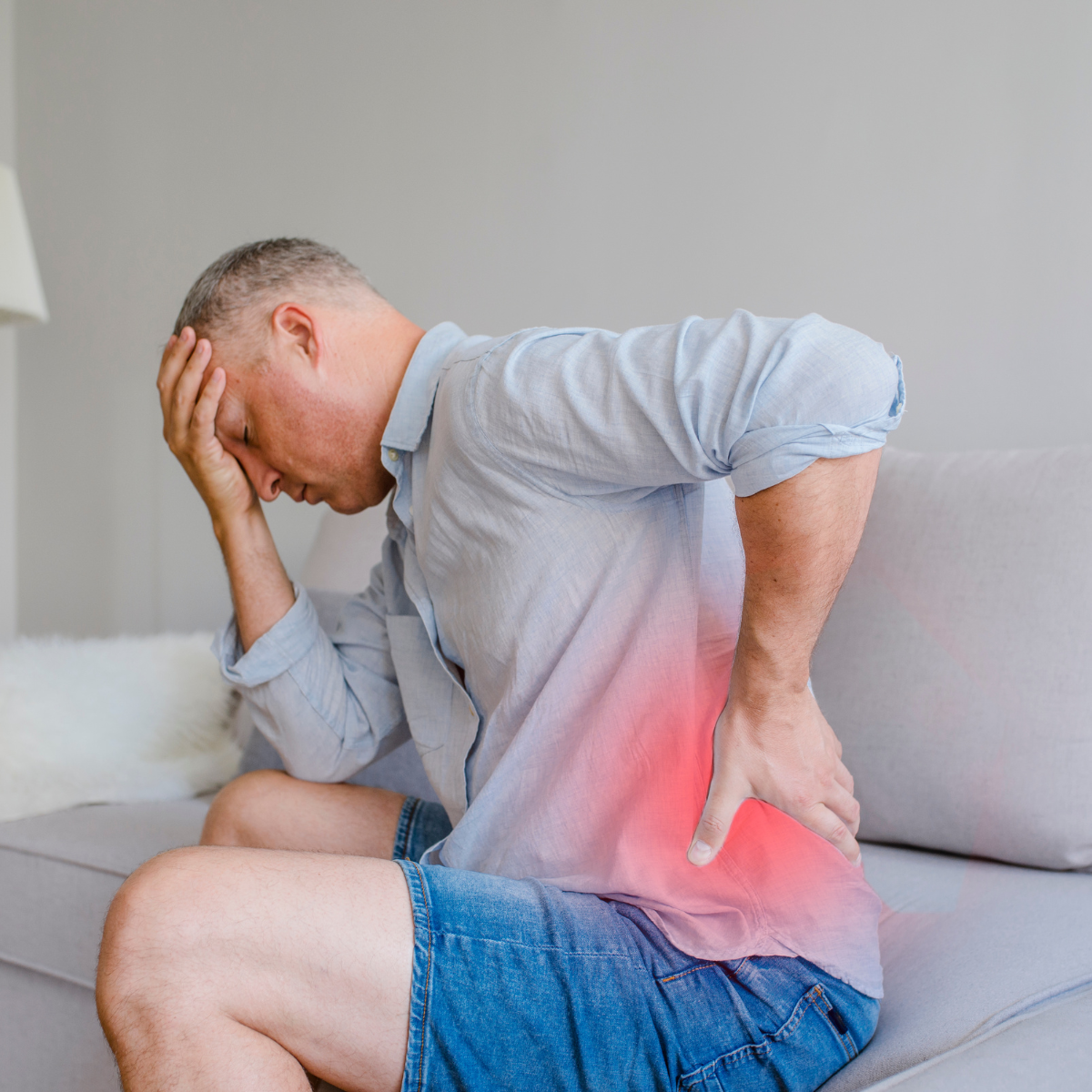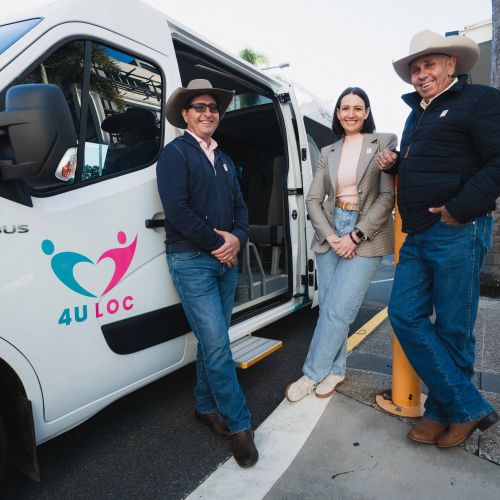A new series of nutrition education videos, funded by the RBWH Foundation, is transforming the way people in hospitals across the state learn about eating ‘well’.
The project was led by Hannah Olufson, a dietitian researcher at Surgical, Treatment and Rehabilitation Service (STARS), in collaboration with a co-design team comprising dietitians, researchers, and consumers (including previous hospital patients or their carers) from across Queensland.
“When discussing the translation of my PhD research into practice, consumers felt really strongly that although hospitals have adequate written information, it was often left at a patient’s bedside or lost among other forms patients receive during their hospital journey,” said Hannah Olufson.
“They recommended videos that patients could rewatch or share with their friends and family members.”

Pictured left:
Front row left to right: Huyen Do (Dietitian, STARS), Dr Adrienne Young (Dietitian, RBWH), Bridget Noble (Consumer Partner), Dale Trevor (Consumer Partner), Thilini Gunawardena (Dietitian RBWH), Janette Moore (Consumer Partner)
Back row left to right: Hannah Olufson (Dietitian, STARS), Dale Trevor (Consumer Partner), Scott Harding (Consumer Partner).
Input from consumers and clinical staff ensured the nutrition information was easy to understand, relevant to patients and has the potential to be translated into different languages.
Co-design team member Bridget Noble became involved in healthcare projects as a consumer partner after her husband John suffered a stroke and experienced aphasia, a language disorder that affects the ability to speak and understand what others say.
Her perspective as John’s caregiver ensured the videos used simple language and graphics.
“It's been a very interesting discovery journey, we call John’s experience our stroke of genius,” said Bridget.
“It gave us purpose and gave us an opportunity to work with people to inspire them, because if you build something for aphasia, you build something for all cultures as it provides information slowly and simply.”
The topics of the three videos are “Eating When It's Harder to Eat,” “Eating for Recovery, Health, and Wellness,” and “Eating for Stroke Prevention.” Testing revealed that most patients (60%) who piloted the videos learnt something new, while 27% reported that the videos reinforced their existing knowledge.
In a Queensland-first, these co-designed videos have been integrated into the STARS bedside Patient Engagement System, paving the way for other clinical staff to upload educational videos to the system. The video series is also publicly available on the Queensland Health Nutrition Education Materials Online (NEMO) website, with the videos being rolled out by dietitians across the state in their local services.
“We're really thankful to the RBWH Foundation for funding the videos, as it allowed me time away from clinical duties to co-ordinate this amazing project with our team,” said Hannah.
“A lot of funding bodies only fund research, whereas we wanted to translate research into practice through these videos, not necessarily create evidence.”
The team utilised the Metro North Co-design Process to guide their project and have summarised the steps taken in developing the videos into a practical co-design roadmap to assist other healthcare teams in creating high-quality, person-centred education materials in the future.
